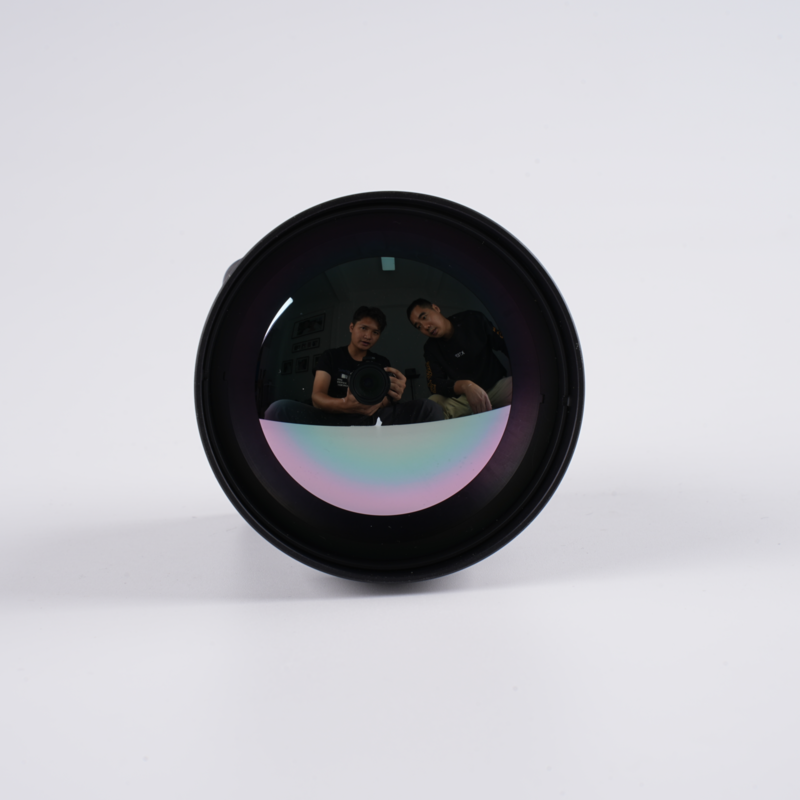Company News
The Advancements in Thermal Imaging Lens Technology

In recent years, the field of thermal imaging technology has experienced remarkable advancements, particularly in the development of high-quality lenses designed to provide exceptional infrared clarity. These innovations have revolutionized various industries, ranging from security and surveillance to healthcare and aerospace. In this article, we will dive into the latest breakthroughs in thermal imaging lens technology and their diverse applications.
1. Enhanced Sensitivity and Image Resolution
One of the significant innovations in thermal imaging lens technology is the improvement in sensitivity and image resolution. Traditional lenses had limitations in capturing precise temperature differences and producing clear images. However, with the latest advancements, manufacturers have introduced lenses with enhanced sensitivity that can detect even the slightest thermal variations. These lenses also offer higher image resolution, enabling detailed analysis and accurate temperature monitoring in various scenarios.
2. Compact and Lightweight Designs
Another noteworthy development is the introduction of compact and lightweight thermal imaging lenses. This breakthrough has enabled the integration of thermal imaging technology into smaller devices such as smartphones, drones, and wearables. The miniaturization of lenses, without compromising their performance, has expanded the scope of thermal imaging applications, making it more accessible to professionals across different sectors.
3. Multi-spectral and Multi-focus Capabilities
Infrared clarity can be further enhanced through the integration of multi-spectral and multi-focus capabilities in thermal imaging lenses. By combining multiple spectrums of light, these lenses enable a more comprehensive analysis of thermal images. Moreover, the ability to adjust the focus seamlessly allows users to capture both close-up and distant thermal scenes without the need for lens changes, thus improving efficiency and convenience.
4. Advanced Anti-reflection Coatings
To optimize the performance of thermal imaging lenses, the application of advanced anti-reflection coatings has gained significant attention. These coatings reduce unwanted reflections and increase light transmission, resulting in clearer, sharper images with enhanced contrast. The reduction of stray light and glare not only improves overall image quality but also minimizes the impact of external factors such as dust, moisture, and fingerprints on the lens surface.
5. Integration of Artificial Intelligence
The integration of artificial intelligence (AI) technologies into thermal imaging lenses has opened up new possibilities for data analysis and interpretation. AI algorithms can enhance image processing, allowing for real-time object detection, recognition, and tracking within thermal footage. This integration enables automated analytics, predictive maintenance, and efficient anomaly detection, making thermal imaging an invaluable tool in a wide range of applications.
In conclusion, the latest innovations in thermal imaging lens technology have significantly improved infrared clarity and expanded the capabilities of thermal imaging systems. With enhanced sensitivity, compact designs, multi-spectral capabilities, advanced coatings, and AI integration, professionals across various industries can leverage the power of thermal imaging for accurate and efficient analysis in diverse applications. These advancements continue to pave the way for exciting possibilities and advancements in the field of thermal imaging technology.
 English
English  German
German Japanese
Japanese Korean
Korean Vietnamese
Vietnamese French
French Spanish
Spanish भारत
भारत



